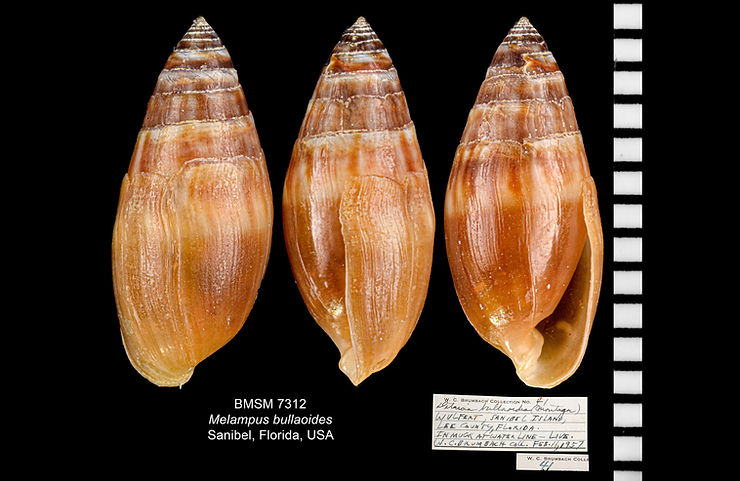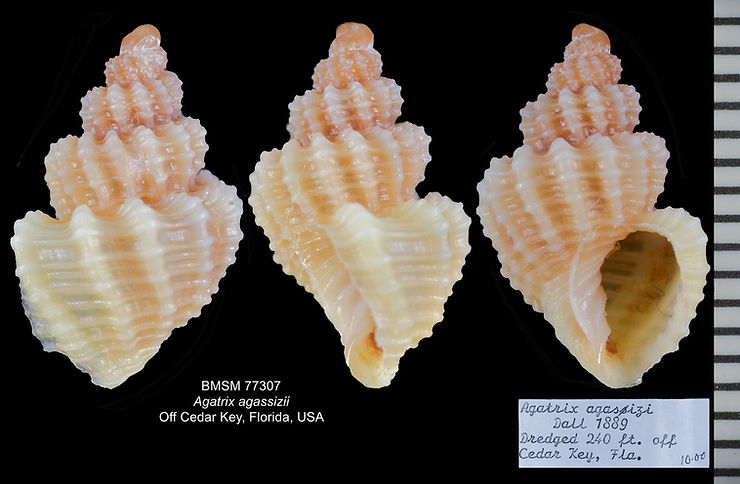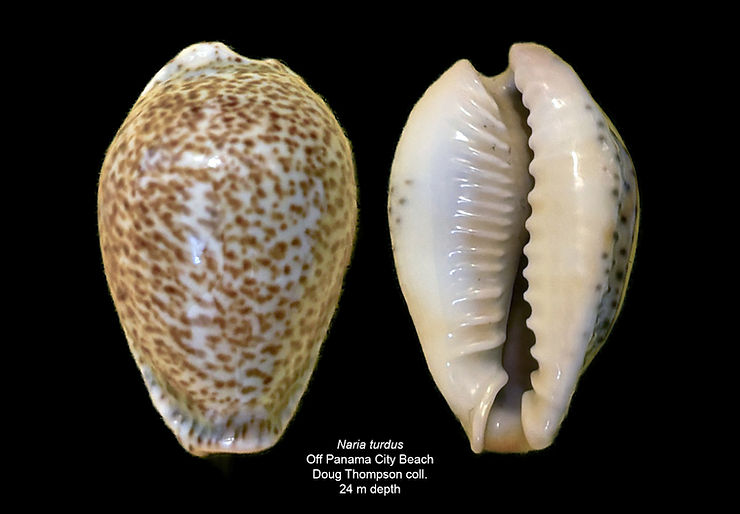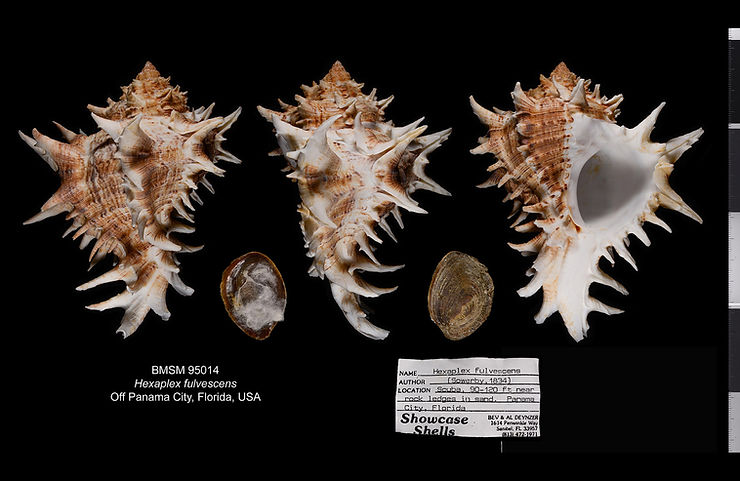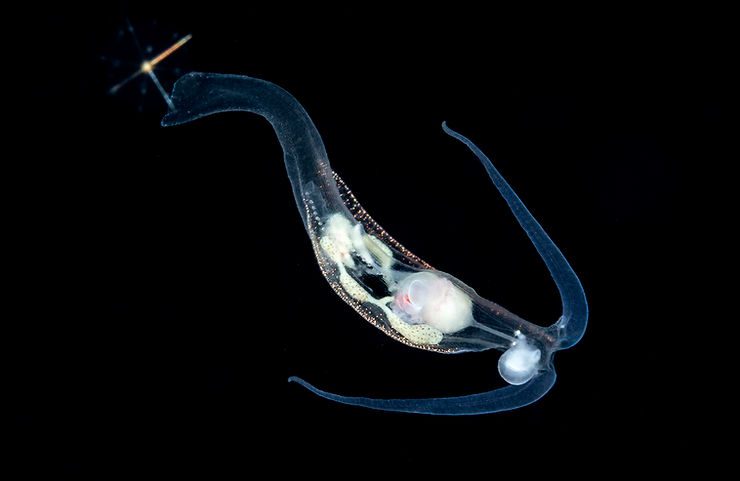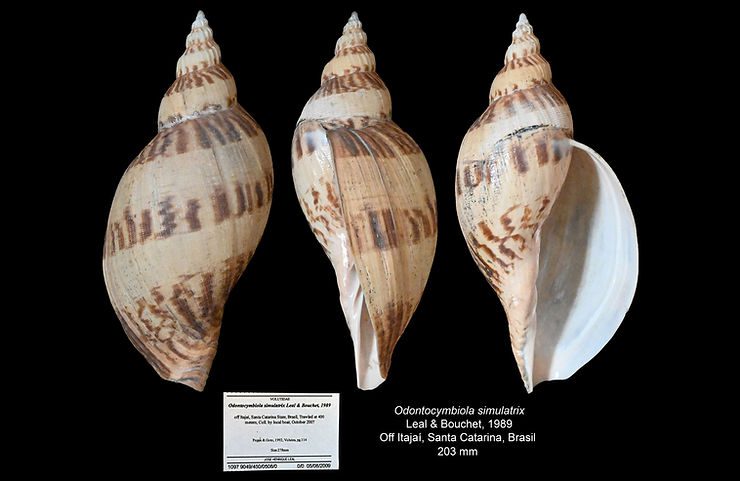
A Hungry Giant Triton!
Check this Giant Triton (Monoplex parthenopeus), happily feasting on a clam in the Focal Tank at the Bailey-Matthews National Shell Museum & Aquarium. Its proboscis is deep inside the clam shell! Giant Tritons feed on other mollusks. The species is relatively common in the western Atlantic and is also present in parts of the Indian and Pacific oceans. Notice the lush, hair-like periostracum, or outer shell layer and its “polka-dot” spotted mantle, foot, and proboscis! This particular individual
